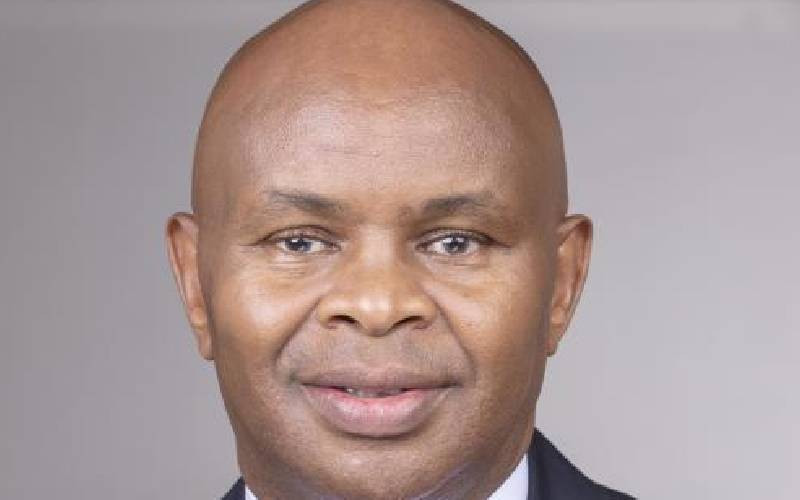
The success of the private equity (PE) fund model is based mainly on the fund managers’ ability to spot and acquire businesses that provide real solutions to felt society’s needs and problems.
Where the company has developed superior solutions to these needs and has demonstrated a track record of consistently solving them, the company becomes a desirable target for the fund.
The PE manager will identify and package a proposition to the founders or promoters of the target company to bring on board missing ingredients through long-term capital, management support and such value-creation additives to significantly grow the target before an eventual sales or exit of the PE fund.
Most PE funds are not actively involved in running their investee companies, and support is usually through board representation and technical assistance. Therefore, the PE fund relies heavily on existing management to deliver on the envisaged growth targets.
Still, in some cases, PE will hire and incentivise a new team that can achieve the ambitious goals of growing value rapidly before exiting the company. A problem arises where the investee company, usually an owner-managed entity, has a key man risk.
This risk is the possible loss of value in a situation where a founder, a CEO or a staff member is so crucial to the company that their exit would spell doom to its continued success or existence. Identifying and mitigating these risks at the initial stages of a business acquisition is possible, but this is one risk that the PE funds tend to overlook or underestimate.
In the excitement of closing a deal, parties need to be more critical of the company’s history and how entrenched the founders are in the fabric of the entity. Sometimes, it is almost impossible to separate the company from the founder, and parties only fully grasp the extent of dependency on the founder or critical staff once it is too late.
Suppliers, customers, key staff, and bankers could have had unwritten loyalty to the founders, and the company may not be the same without these key individuals.
This risk is crucial to a PE fund whose end goal is a successful exit to another fund, preferably a larger one, to help grow the business to even greater heights. Key man risk can negatively affect the valuation of the business where the business is too dependent on key persons. It is analogous to acquiring assets that check in the morning and walking away at the close of the day.
Small professional practices, sole proprietorships, and boutique firms are typical examples of high key man risks where the firm’s services cannot be effectively separated from the founder. Such firms also bear the names of the founders or their families.
The funders are usually the spokespersons and the public face of the business. To reduce this risk, the founder must deliberately open the business, let other people be associated with the firm and lessen any perception that the business cannot survive or thrive without the founder. This deliberate effort takes time but is necessary if the business is to become an attractive PE candidate.
Effective mitigation starts with identifying the presence of key man risk and the specific persons in the business and assessing the extent of the dependency on the person or persons. Immediate mitigation to risk includes open and honest negotiation with the key person to stay post-acquisition in exchange for equity options that vest over time, thus encouraging a more extended stay.
This solution can be combined with performance-based pay and bonuses to align long-term interests. Secondly, conscious succession planning, leadership training, and development programs for potential successors to the key person are crucial mitigations.
Thirdly, proper documentation of processes and procedures can also eliminate dependence on key individuals and reduce the chaos witnessed when vital and sensitive information and knowledge is carried in the heads of key individuals.
Stay informed. Subscribe to our newsletter
In addition, the company could take out a key-man insurance cover to compensate the PE fund if the loss crystallises through the unexpected exit or demise of the key man. Identifying the risk should be a continuous exercise as the risk can emerge at any stage in the business’s life.
The writer is the Investment Manager at TransCentury
 The Standard Group Plc is a
multi-media organization with investments in media platforms spanning newspaper
print operations, television, radio broadcasting, digital and online services. The
Standard Group is recognized as a leading multi-media house in Kenya with a key
influence in matters of national and international interest.
The Standard Group Plc is a
multi-media organization with investments in media platforms spanning newspaper
print operations, television, radio broadcasting, digital and online services. The
Standard Group is recognized as a leading multi-media house in Kenya with a key
influence in matters of national and international interest.
 The Standard Group Plc is a
multi-media organization with investments in media platforms spanning newspaper
print operations, television, radio broadcasting, digital and online services. The
Standard Group is recognized as a leading multi-media house in Kenya with a key
influence in matters of national and international interest.
The Standard Group Plc is a
multi-media organization with investments in media platforms spanning newspaper
print operations, television, radio broadcasting, digital and online services. The
Standard Group is recognized as a leading multi-media house in Kenya with a key
influence in matters of national and international interest.





